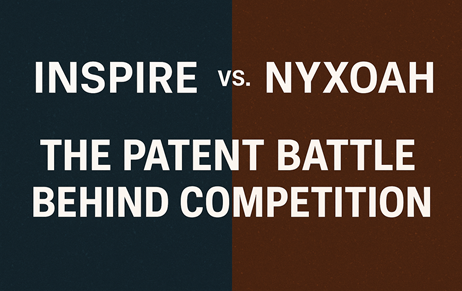Trademarks to Tyranny: Discussing the Balance between Dominance and Protection Capitalism as a system of…
Initial Coin Offering (ICO) and its Intellectual Property (IP) Interface
With growing importance and widespread adoption of Cryptocurrencies such as Bitcoin, Litecoin, Ethereum, Ripple among many others, Initial Coin Offerings (ICO) have become very popular over the last few years. In brief, an ICO is an unregulated means by which funds are raised for a new cryptocurrency venture or even by a technology company that integrates its offerings/products with issuance and/or transactions of cryptocurrencies. An Initial Coin Offering (ICO) is used by startups to bypass the rigorous and regulated capital-raising process required by venture capitalists (VCs) or banks, wherein in an ICO campaign, a percentage of the cryptocurrency is sold to early backers of the project in exchange for legal tender or other Cryptocurrencies as mentioned above. More information on ICO’s can be seen here, here, here, and here.
Having been an active part of ICOs since 2016, and have drafted over 5 ICO offering documents, and 10 white papers, we have closely observed that there has been a strong and growing correlation between subscription levels for an ICO during the initial offering and the manner in which they depict/demonstrate their Intellectual Property (IP), especially their Patent portfolio. A clear mapping between ICO entity’s product commercialization, coin offering strategy, basis of product differentiation, and how they harness the blockchain technology with respect to their Patent/IP portfolio is a strong indicator of how they create entry barriers. Investors too are gaining maturity by doing thorough due-diligence on the IP that the ICO-entity holds before they invest in the ICO through comprehensive assessment of how broad the claims are, how the claimed subject matter integrates with the blockchain platform for issuance or transaction of newly issued currencies/coins, whether claim charts have been prepared, assignment/ownership issues if any, litigation/pre-litigation outcomes, validity challenges, competitive analysis, market landscape, white-space analysis, among other common IP due-diligence parameters.
Most ICO white papers therefore pay significant attention to how they present their Patent portfolio with respect to the manner in which each feature of their blockchain based implementation would be executed such as, for instance, how digital contracts would be managed, for an IoT architecture based entity: how blockchain would enable optimization of IoT device monitoring, and for an analytics company: how data analytics can be configured to associate with blockchain network tokens. Some white papers go further to even map their patent claims with the cryptocurrency interfacing mechanisms. Although most ICOs focus on their US Patent Portfolio, companies in other major startup communities such as in Israel, UK, Germany, and Singapore are also engaging strongly in how they uniquely position their offerings to gain competitive advantage through presentation of their IP. Most white papers intend explaining what their tokens are, how they are acquired, released/spent, along with their token generation events, and IP’s that interface with each of these steps can be integrated into the relevant portion of the white paper so as to demonstrate the extent of coverage and protection that the entity has done, which is also reflective of their IP strategy.
It is therefore, in sum, crucial to develop a robust IP strategy before launching an ICO to instill higher confidence in potential investors and create a differentiator in the market.
Author: Tarun Khurana, Partner and Patent Attorney at Khurana & Khurana Advocates and IP Attorneys (K&K) and IIPRD can be reached at [email protected]



